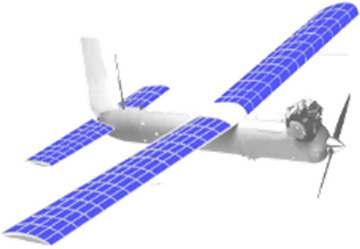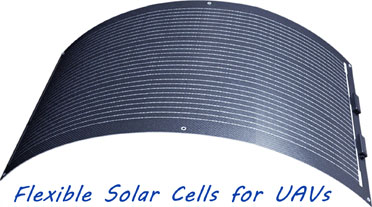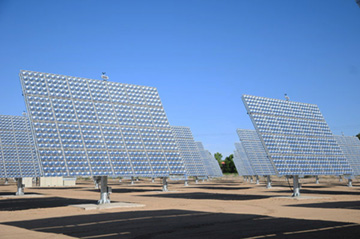
PV for UAV: a High-End Photovoltaic Application
Powering unmanned aerial vehicles (UAVs) with solar cells is one of my earlier projects that I submitted to DoD in 2005 for funding. The focus of the project was to significantly enhance UAVs by adding photovoltaic modules and an on-board automaton for multi-source and multi-load energy management. Firefox UAV model, built by Advanced Ceramic Research Inc., was an excellent UAV platform for the purpose of my project. A large PV module was integrated with the UAV to enhance its mission and the operational capabilities, through powering more electronic instruments and increasing the mission duration. I referred to the then new technology as "PV for UAV". My research group and I have focused on maximizing the harvested energy during the UAV mission, and optimizing the energy usage of the on board sensors of the mid-size Firefox UAV. A follow-up project funded by the Army Research Lab (ARL) was also carried out; it was titled: "Third Generation Photovoltaic Cells for Autonomous Sensors".


